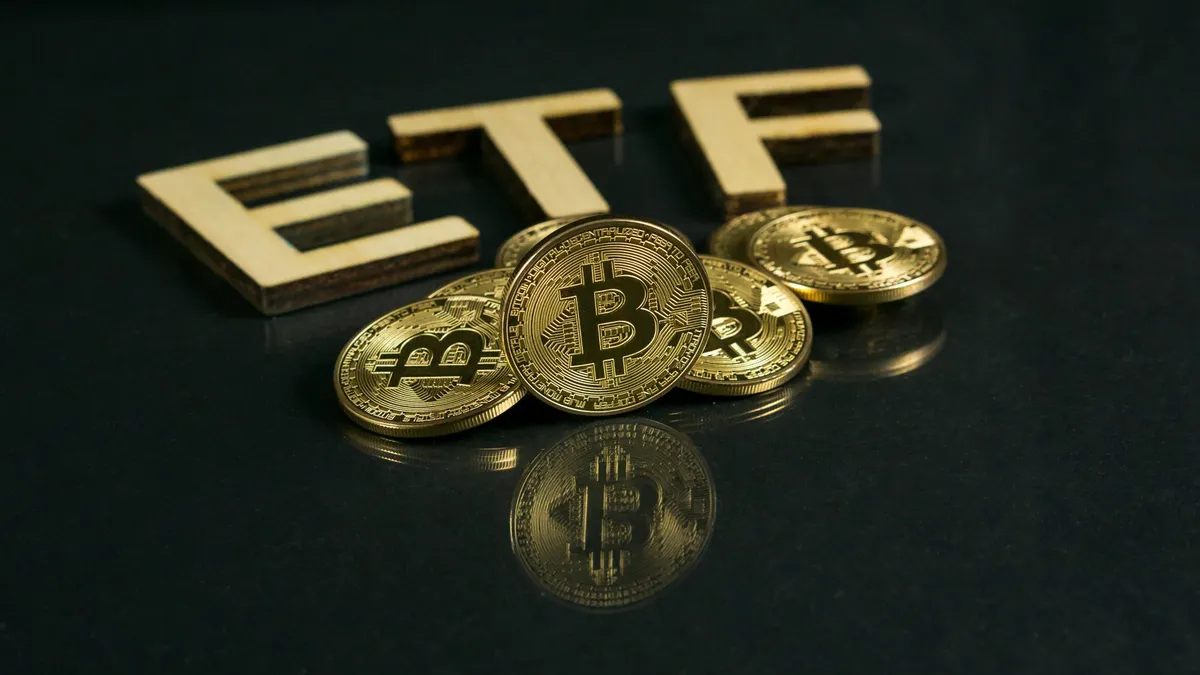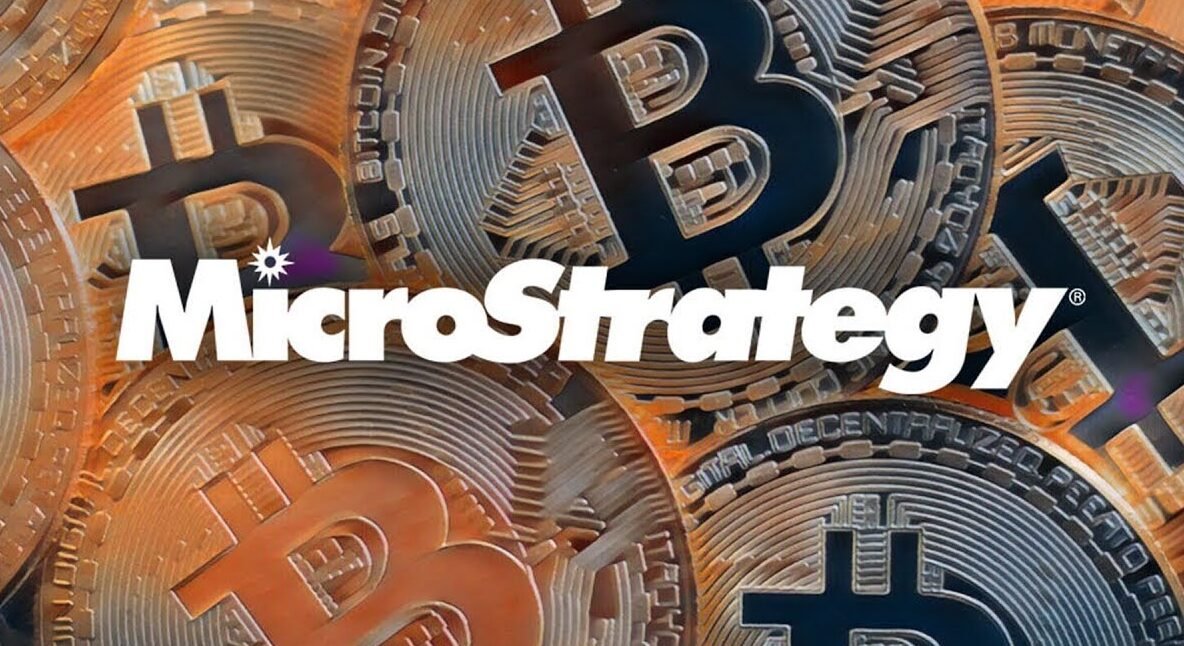Over the past few years, one of the most well-known champions of Bitcoin has been Michael Saylor, executive chairman of MicroStrategy. His company’s approach to choosing Bitcoin as the main reserve asset has attracted much interest.
Saylor has consistently expressed his belief that Bitcoin functions as a safeguard against inflation, a buffer against economic instability, and a valuable asset. He has lately underlined a significant development he thinks will result in more stability in the Bitcoin market: the participation of institutional investors using ETFs.
Bitcoin ETF Revolution
In cryptocurrency, Bitcoin ETFs are revolutionary. Conventional investors can invest in Bitcoin through ETFs. Institutional and ordinary investors like this method because it is safer, more controlled, and more practical than buying and storing Bitcoin. As Bitcoin ETFs gain popularity, more institutional investors are joining the market, stabilizing this traditionally volatile asset.

Saylor believes Bitcoin ETFs will encourage broad adoption. Often compared to the S&P 500 ETF, which allowed ordinary investors to easily and controllably access the stock market, Bitcoin ETFs are now opening Bitcoin to a larger pool of conventional investors who may have been reluctant to enter the unpredictable and unregulated world of cryptocurrencies.
Bitcoin’s transition from speculative asset to financial instrument was marked by the introduction of a spot Bitcoin ETF, according to Saylor. Such a development would likely attract more institutional capital to the market, reducing the need for retail traders with irregular buying and selling habits. According to Saylor, institutional investors may give Bitcoin long-term stability.
Stronger Hands Explained
Institutional investors have “stronger hands” than individual investors due to behavioral and investment-strategic differences, according to Saylor. Retail investors, especially newcomers to Bitcoin, react emotionally to market movements. As prices fall, panic and sales increase, explaining Bitcoin’s sharp drops. Institutional investors focus on long-term value and are less likely to panic during market downturns.
The “stronger hands” metaphor implies that asset management businesses, hedge funds, and pension funds are more committed to holding their positions during market instability. Their greater capital bases enable them to endure market shifts and short-term price volatility. These businesses invest in Bitcoin through ETFs, stabilizing the market and reducing price volatility.
Institutional capital increases market liquidity and depth. As Bitcoin ETFs increase, more investors can access Bitcoin without using exchanges or wallets. Improved accessibility and liquidity smooth out price swings, minimizing Bitcoin price discovery volatility.
MicroStrategy Bitcoin Strategy
MicroStrategy has been crucial to Bitcoin’s price changes since Saylor started its Bitcoin purchasing campaign. As of 2025, MicroStrategy is one of the largest corporate Bitcoin owners, with over 100,000 BTC. This strategy has worked well during Bitcoin bull runs, but it puts the company at risk during market downturns.

Saylor has been open about his view of Bitcoin’s future as a long-term asset with huge growth potential. He believes Bitcoin’s value will climb as more people, businesses, and organizations use it. This technique has also been criticized since the company’s finances increasingly match Bitcoin’s price volatility. Despite the risks, Saylor is certain that Bitcoin will outperform other assets.
Institutional Bitcoin Stability
Saylor is hopeful that institutional investors can stabilize Bitcoin’s price. He believes Bitcoin ETFs will help Bitcoin enter the financial system and become a regular part of institutional portfolios. As institutional support increases and long-term investors reduce speculative activity, we expect Bitcoin’s price volatility to decrease.
Bitcoin halving occurrences and other factors affect the asset’s long-term growth. Bitcoin will keep decreasing in supply due to the halving process, creating a deflationary environment that may appeal to investors seeking value from scarcity.
Final thoughts
Finally, Michael Saylor’s opinions on Bitcoin and its route to general acceptance draw attention to the vital part institutional investors—by means of Bitcoin ETFs—will play in steadying the cryptocurrency. By introducing “stronger hands” into the market, these investors aim to reduce volatility and enhance the maturity of Bitcoin’s dynamics. Growing institutional capital involvement as Bitcoin develops is projected to offer the stability required for the cryptocurrency to flourish as a valid and generally approved asset class.

